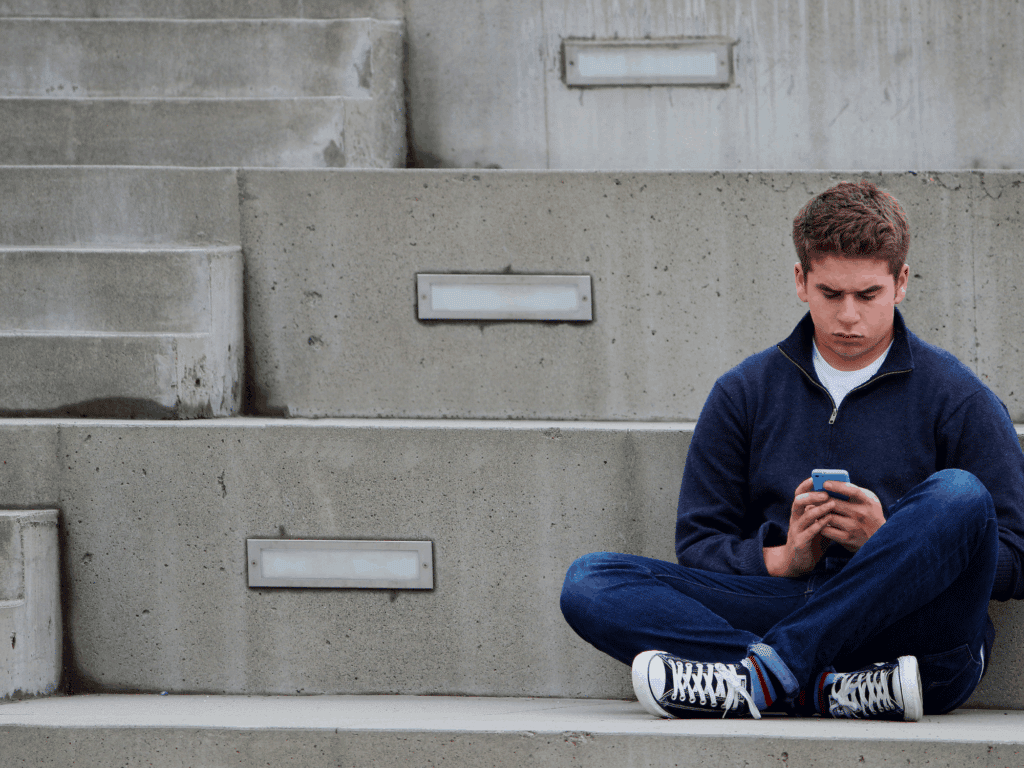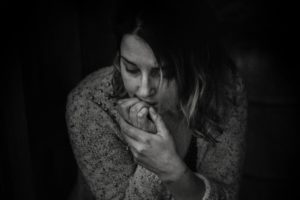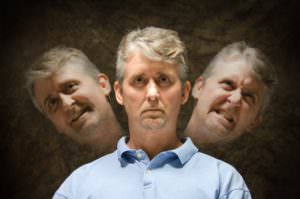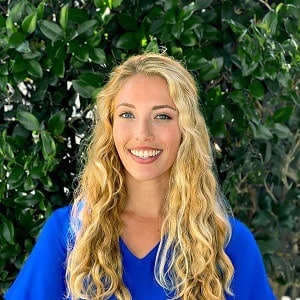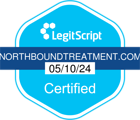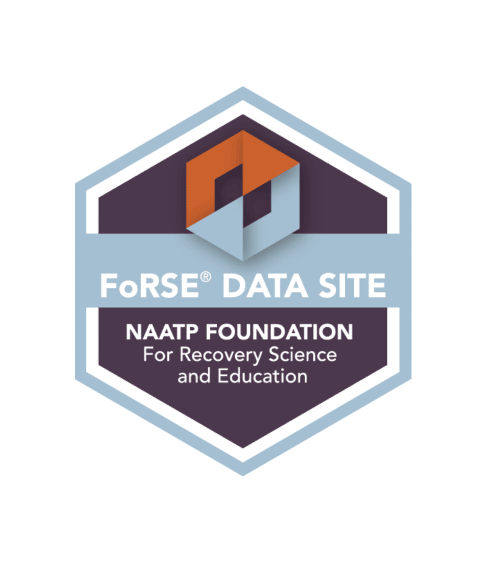Teens who use drugs – a topic of discussion since the age of prohibition, well into the 1960’s, and continuing on into today’s day and age. In many ways, we have chalked up teenage drug use to peer pressure, the physical and emotional challenges of puberty and “growing pains”, and problems in the home. However, as we have progressed as a society, we are learning that there are more than just environmental causes that contribute to young individuals turning to drugs during their teenage years.
A new study researched the brains of 71 Mexican-Americans – all age 16 – who had or had not used substances such as alcohol, cigarettes, marijuana and more. What the researchers were most focused on was determining which parts of the brain were most affected – and how they communicate with one another based on the use or lack there of.
What the study showed was that those teens who use drugs and/or alcohol had significant changes in how their brain worked than those who did not use. For example, one part of the brain known as the nucleus accumbens functioned better with the prefrontal cortex in those teens that abstained from drug use. The nucleus accumbens is responsible for producing a feeling of reward when drugs are abused, while the prefrontal cortex is in charge of decision making and critical thinking.
In those teens who use drugs, the nucleus accumbens was not as effective in communicating with the hippocampus, which is responsible for proper memory function.
This particular study did not yield any definitive results as to why these brain changes occurred, primarily because it was only conducted once as opposed to a few times. In addition, the study was small and focused on one ethnic group. However, it is interesting to see how much recreational drug use amongst teens can impact the brain.
These researchers are determined to continue their study to learn more about the why’s and how’s. One thing they are looking to uncover is whether or not the amount of drugs that are being used will impact the brain’s overall function. They also hope to determine if the brain and its function change over time based on whether or not use continues from the teenage years into adulthood.
In the meantime, if you have a teenager, the best thing you can do is provide them with education about some of the most commonly abuse drugs so they are aware of the many dangers – and that there are possibly more risks than what we are aware of at the current moment.
Author
-

President, CEO & Founder at Northbound Treatment Network
Paul Alexander is the CEO, President & Founder of Northbound Treatment Network in Newport Beach, California. He believes wholeheartedly in transformational leadership, organizational health and effective, fully integrated substance use disorder and mental health treatment. With over 27 years of experience in behavioral healthcare, Paul has extensive knowledge of “in vivo” treatment modalities, clinical development, operations, strategy, marketing and financial planning. He has been widely recognized for his development of collegiate-based residential treatment programs for students in recovery and authored a research study at The University of California confirming this modality’s effectiveness.
Paul’s comprehensive professional experience, willingness to innovate, and emphasis on organizational health are vital factors in Northbound’s continued success. Paul received his Certified Addiction Treatment Specialist training at Saddleback College in Mission Viejo, CA, and was awarded Outstanding Alumni Service Award in 2002. Paul holds a Bachelor of Arts degree in Criminology, Law and Society, Summa Cum Laude, from University of California, Irvine, and a Juris Doctorate degree from Loyola Law School of Los Angeles. Paul currently serves on The National Association of Addiction Treatment Providers (NAATP) board. In addition, he serves on The Family Recovery Foundation board and The CarePossible board in Orange County; both organizations are committed to raising funds for family recovery and treatment for former military personnel. Paul is in recovery himself and lives in Orange County with his wife Silvana and his two young sons, Noah and Dean.


